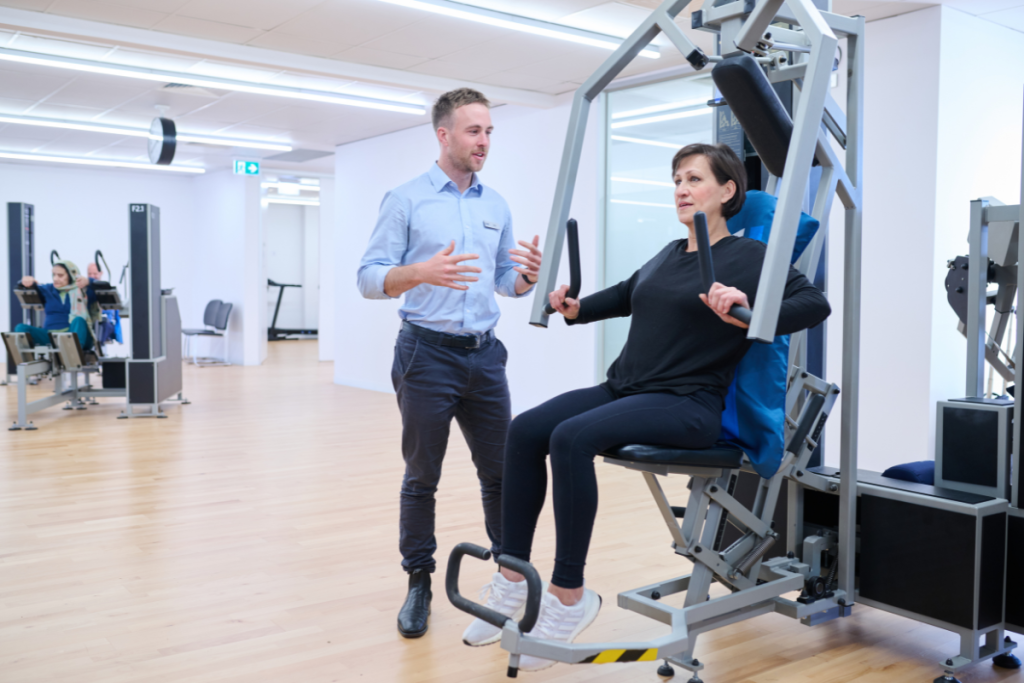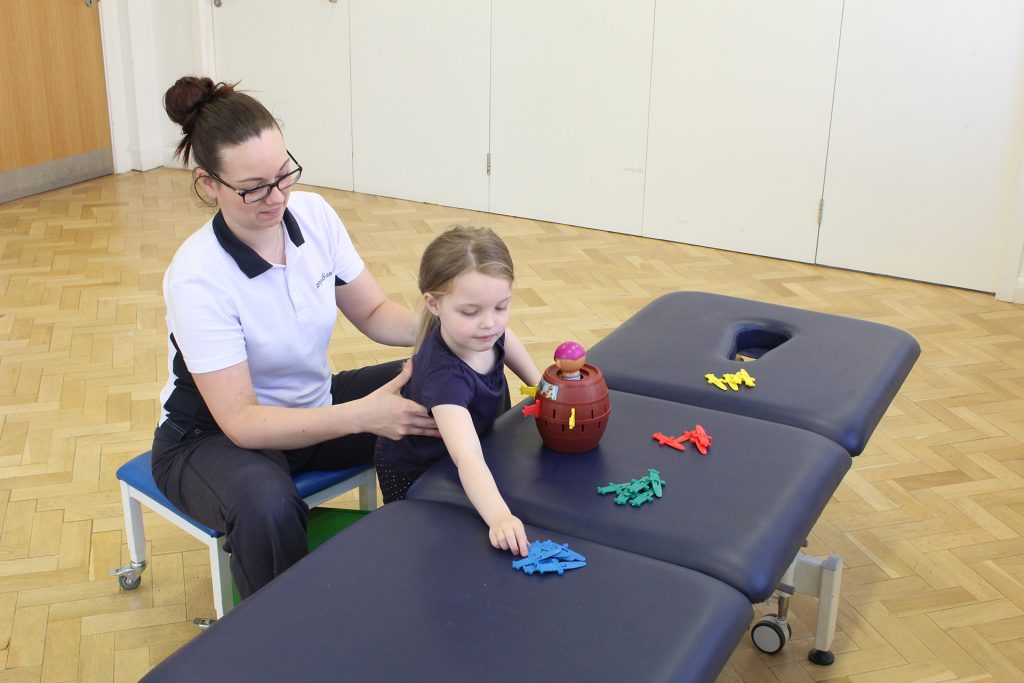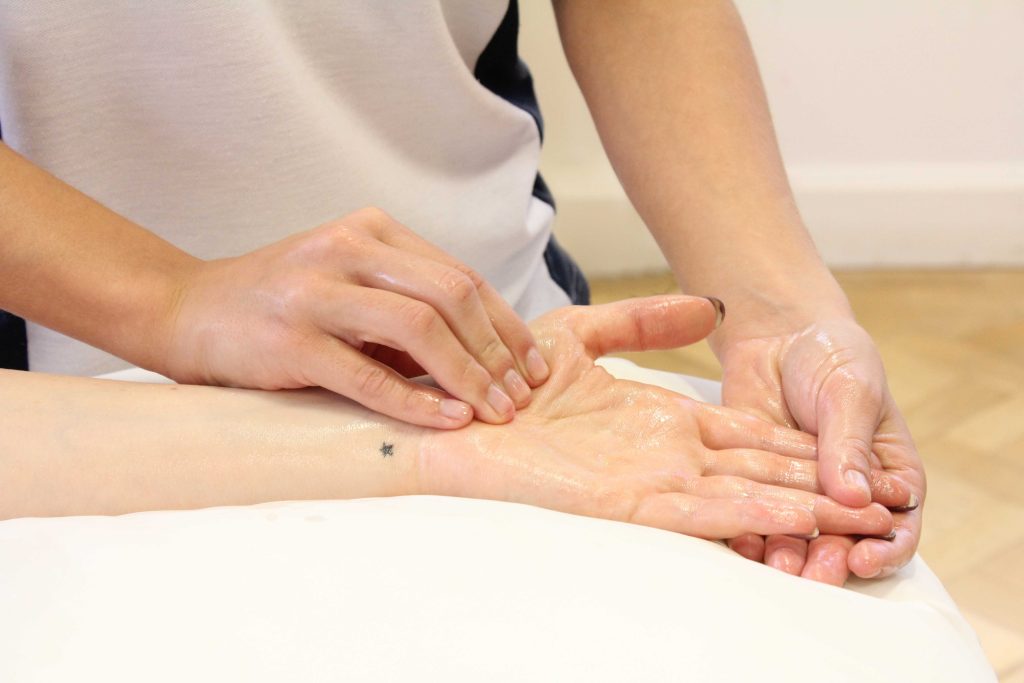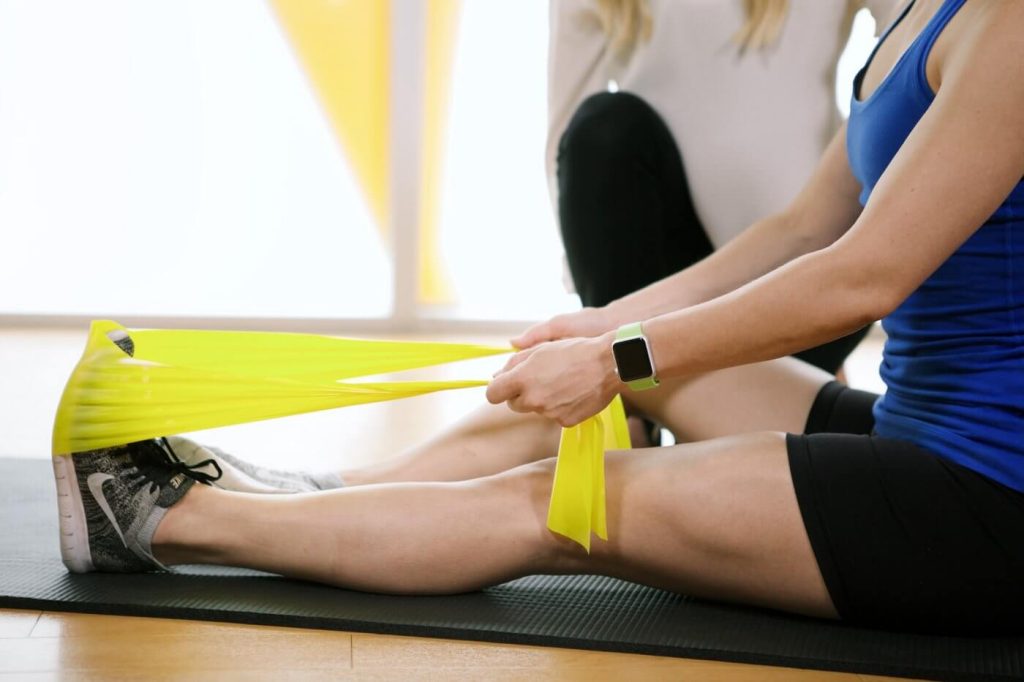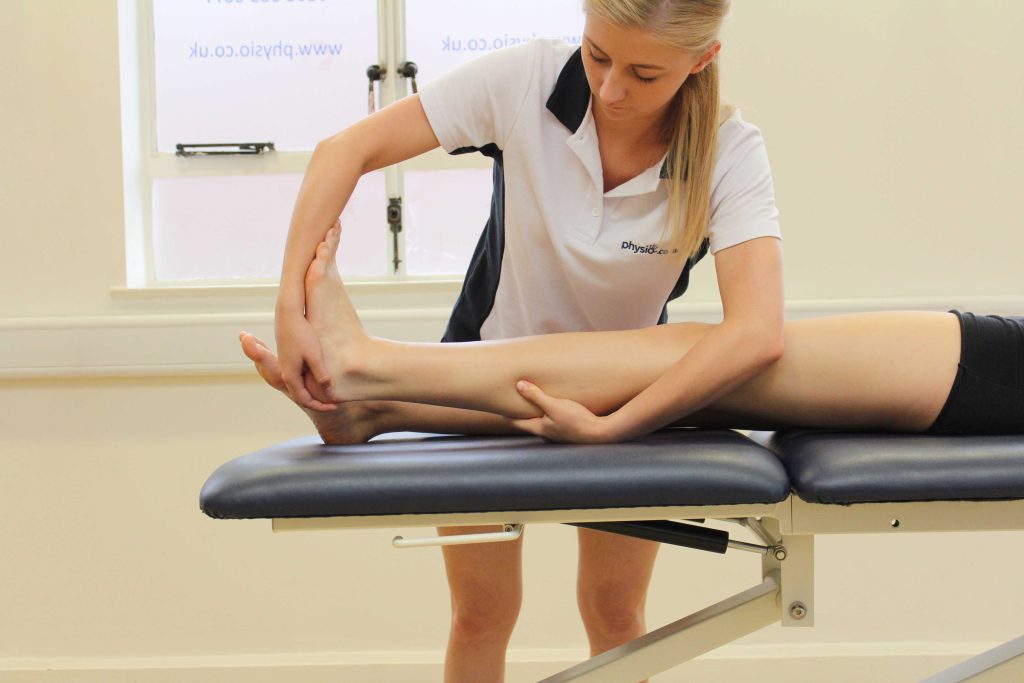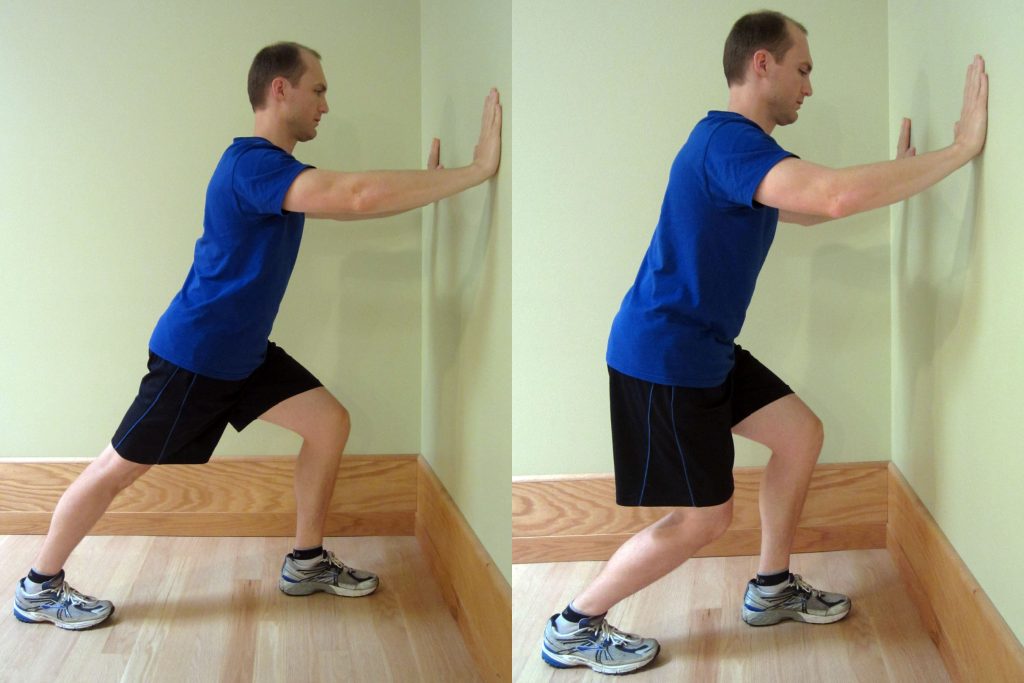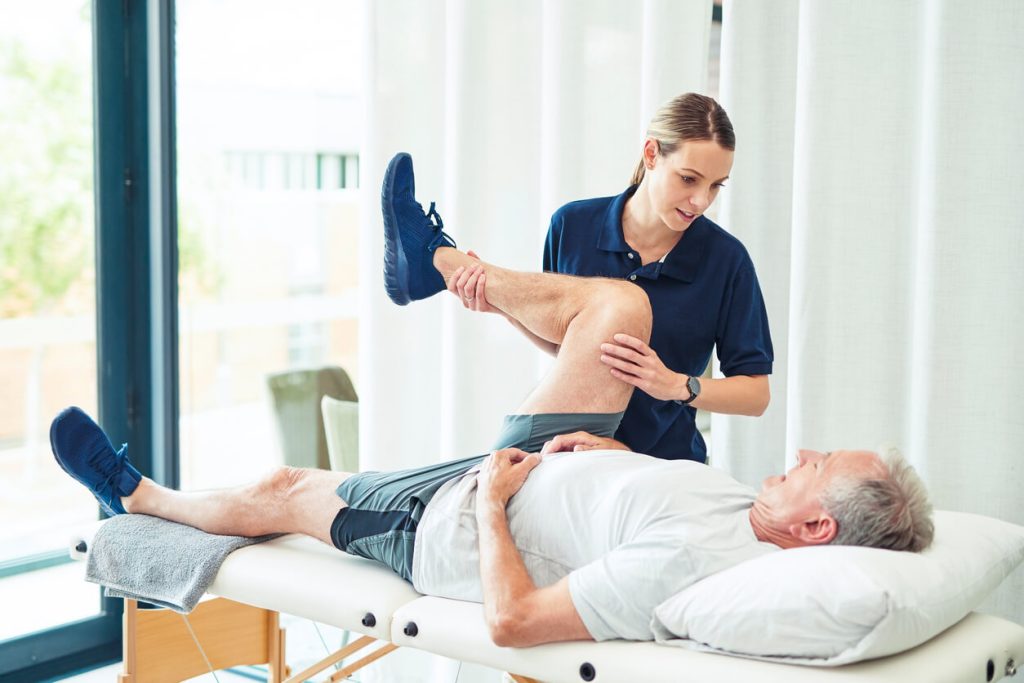Strategies for Reducing Inflammation Through Movement
Regular movement can lower inflammation more effectively than many people expect, because the body responds quickly to consistent physical activity that improves circulation, balances stress hormones, and strengthens resilience against everyday triggers. Why Does Movement Help Reduce Inflammation? Movement supports inflammation control through several mechanisms. According to our editor’s research, gentle activity improves blood flow.…
Read more


